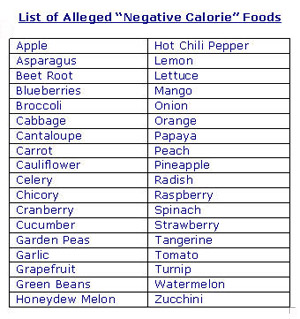
Using a tape measure, measure the hips in inches (or centimeters) at the top of the hip bone on the right front of the body. This spot will be slightly lower than your belly button.
Next, measure the waist 1″ (2.5 cm) above your belly button in inches (or centimeters).
Using these two measurement values, divide the waist reading (2) by the hip reading (1). This tells you where most of your body fat is located.
Apple shape (a ratio of .95 or greater) means your body fat is located above your waist which indicates a higher health risk for diabetes, heart disease, high blood pressure and some cancers. Pear shape (a ratio of less than .95) means your body fat is located below your waist which indicates a lower health risk, but fat located in the lower half of the body may be harder to lose during weight loss.The best way of achieving weight loss and keeping it off long term is to do it slowly over a period of time so that your body can adjust to the changes you are thrusting upon it by changing your eating habits and taking up regular cardiovascular exercise.
Change your eating habits (i.e. start eating smaller portions of food) before if you ate a full plate of food try eating 2/3 of a plate instead.
-
- Substitute aspartame for sugar
- Try eating 3 or 4 smaller meals during the day rather than 2 large ones
- Don’t eat heavy meals late in the evening as the body wont have time to digest it so it ends up stored as fat in your body.
- Use low fat oils in cooking i.e. sunflower, corn or Mazola
- Cut down on your salt intake, there are hidden salts even in tinned foods
- Balance your meals out during the day so in one day you have a mix of protein, carbohydrate and vitamins
- Drink lots of water during the day and before, during and after exercise, you should drink at least 8 big glasses of water per 24 hours
- Drink alcohol in moderation
- Stop smoking if you smoke or cut down
- Eat more fibre i.e. pulses grains nuts, pasta, brown rice, cereals, fresh fruit
- Eat your main large meal at midday with the other meals much smaller in content
- Eat more vegetables as part of your diet
- Eat less dairy products or choose those with less fat content i.e. cottage cheese
- Try steaming or poaching food instead of frying it, frying adds calories by the bucketful
- Cut down on Red meat and eat more lean or better still chicken and fish instead
- Drink semi or skimmed milk as opposed to full cream
Simply choose a diet which is low in fat and cholesterol, moderate in sugar and salt and high in fibre but at the same time has a variety of everything thus making it a balanced diet.
How Negative Calorie Foods Work
In fact, about 10-15% of all the calories you eat are used just in the digestion process. It’s hard work breaking food down, absorbing all the carbohydrates, protein, fats, vitamins, minerals, etc. and then getting the unused portion out of the body.

Negative calorie foods.
Any diet that involves eating only these types of foods will certainly lead to both quick and long-term weight loss. This type of diet has been given a term Negative calorie diet. Keep in mind that a diet limited to only these foods could lead to malnutrition. Negative calorie foods are a wise choice when snack time hits to limit your calorie intakes.
List of negative calorie foods
Negative Calorie Vegetables: Asparagus, broccoli, cabbage, cauliflower, celery, cucumber, green beans, onion, papaya, radishes, spinach, zucchini
Negative Calorie Fruits: Apple, blueberry, cantaloupe, cranberry, grape fruit, honey dew melon, lemon, lime, orange, pineapple, strawberry, watermelon .
